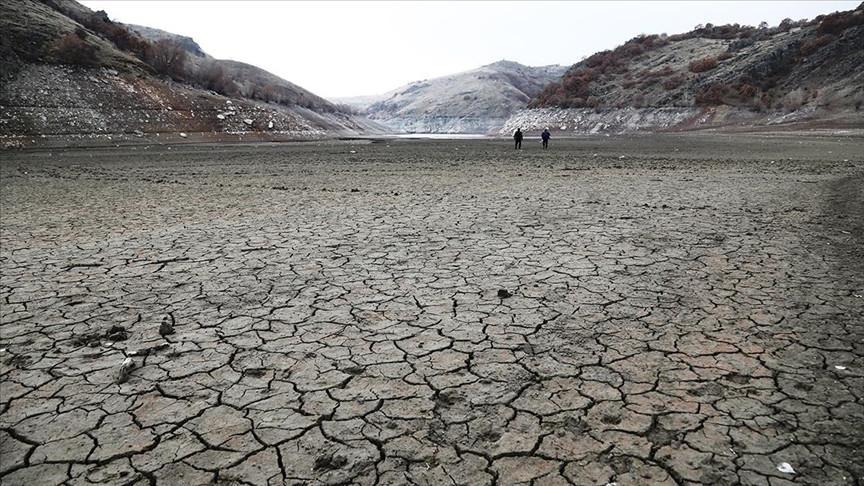
Türkiye is facing one of its driest water years in decades, with rainfall levels in several regions plunging to historic lows, according to data compiled from the Environment, Urbanization and Climate Change Ministry’s Meteorological Service.
The 2025 water year, which spans from Oct. 1, 2024, to Sept. 30, 2025, has seen precipitation levels fall well below seasonal norms and last year’s averages, raising concerns over water supply, agriculture and the growing impact of climate change on regional weather patterns.
The term “water year rainfall” refers to the total precipitation measured during the 12-month cycle most critical for farmers, as it directly overlaps with irrigation periods.
During the first eleven months of the 2025 cycle, Türkiye received an average of 401.1 kilograms of rainfall per square meter. This figure is 27 percent lower than the long-term seasonal average of 548.2 kilograms, marking the lowest nationwide total in 52 years.
The decline has been especially severe in the country’s interior and southeastern regions. In Central Anatolia and Southeastern Anatolia, rainfall dropped to the lowest level recorded in the past 65 years.
The Aegean and Marmara regions, meanwhile, registered their driest water year in 18 years.
Southeastern Anatolia saw the sharpest decline, with precipitation levels 53 percent below normal, while parts of southern Southeastern Anatolia and Hatay experienced reductions exceeding 60 percent.
Conversely, a handful of Black Sea provinces, including Sinop, Samsun, Ordu, Giresun and Trabzon, recorded increases of over 20 percent compared to seasonal averages.
The capital Ankara’s rainfall levels fell to their lowest in 47 years. On a provincial scale, the highest precipitation was recorded in the Black Sea province of Rize at 1,546.8 kilograms per square meter, while Şanlıurfa saw the lowest at just 182.3 kilograms.
Giresun experienced the most notable increase compared to norms, with a 24 percent rise, while Hatay registered the steepest decline, plummeting by 64 percent.
The crisis is widespread. Rainfall levels in provinces such as Bilecik, Eskişehir, Gaziantep, Hatay, Kırıkkale, Kırşehir, Kilis, Mardin, Nevşehir, Şanlıurfa, Van, Kayseri, Tekirdağ, Edirne, Batman, Şırnak, Çanakkale and Siirt hit their lowest point in 65 years.
Kütahya saw a 61-year low, while Afyonkarahisar, Karaman and Osmaniye recorded the lowest in 52 years.
In Konya, Niğde and Aksaray, the decline marked a 51-year record, while Bursa’s rainfall was the lowest in 48 years.
Meteorologists note that such sharp and prolonged declines are not merely statistical fluctuations but reflect the growing strain of climate variability on Türkiye’s water resources.